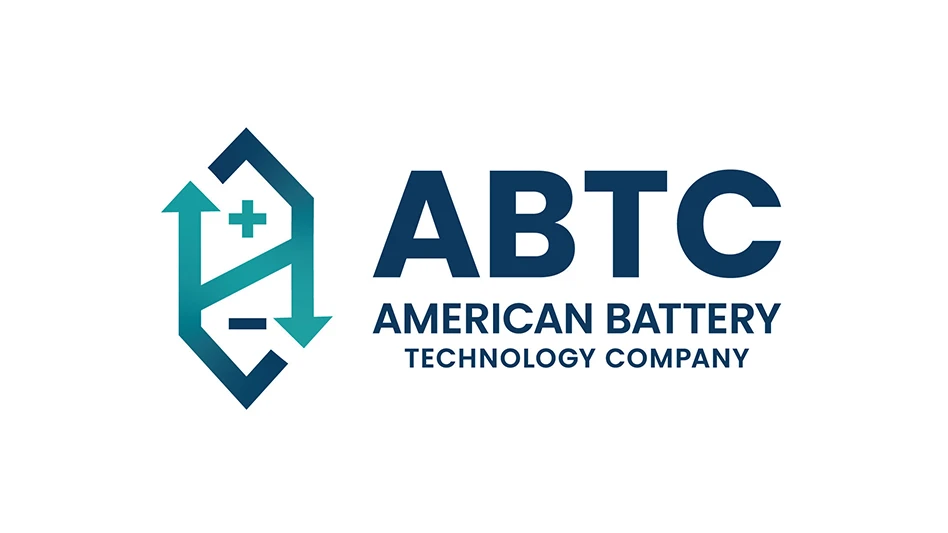During the first quarter of 2015, it appears paper stock markets will be more heavily influenced by domestic activity as a myriad of export-related issues could hobble export orders.
Old corrugated containers (OCC) are one of the most closely watched paper stock grades. Traditionally, the first quarter of the year is slow in terms of generation and production. Reflecting a downturn in demand for various paperboard products (linerboard, corrugated medium, etc.), a number of recycled board mills are taking downtime or extending maintenance downtime, according to sources.
Many mills in the eastern U.S. continue to run, though reports indicate they are carrying fairly full inventories of OCC and are not aggressively purchasing material.
The decision to hold off purchasing comes after reports that OCC generation at the end of 2014 was greater than expected, while domestic demand was lower and the export market was fairly quiet. In light of this situation, OCC prices dipped $5 to $10 per ton through most U.S. regions.
Despite declining prices, the short-term and long-term outlooks for OCC are optimistic thanks to the strengthening U.S. economy and Canada’s strong economy.
OCC also should benefit from new containerboard capacity that is coming online. Pratt’s recycled board mill, expected to start up by the third quarter of 2015, will require large volumes of recovered fiber. The new mill is part of Pratt’s strategy to increase its presence in the Midwest.
Along with the mill it is constructing in Valparaiso, Indiana, the company has recently announced plans to open corrugated box plants in Ohio and Wisconsin that will boost Pratt’s visibility in the region.
Along with Pratt’s start up, the Greenpac recycled board mill in upstate New York continues to increase production and is pulling more OCC from throughout the Northeast, sources say.
In the South, a number of mills have switched their production from newsprint to brown paper grades. PCA’s DeRidder, Louisiana, mill and SP Fiber Technologies’ Dublin, Georgia, mill have made the switch and are steadily increasing the amount of recovered fiber they need for furnish, according to sources.
Further west, International Paper has announced plans to reopen one of its recycled board machines in Valliant, Oklahoma, by the middle of 2015. This will provide a boost to OCC markets in the Southwest.
While OCC markets are showing promise, the old newspapers (ONP) and mixed paper grades continue to be confronted by short-term challenges. Declining exports have hit these two grades fairly hard.
China, a key destination for OCC, mixed paper and ONP, continues to be a source of concern. The economic slump that has created sizable changes in China’s consumption has yet to correct itself. While the country is still a sizable buyer of recovered fiber, multiple sources say buyers for Chinese mills have not been as aggressive in purchasing as they have in the past.
Reports also indicate that many Chinese paperboard mills are taking capacity offline in an attempt to bring markets back into balance.
Additionally, demand from China will be softer as the Chinese New Year, which will be celebrated in the middle of February, approaches.
An ongoing problem that is affecting paper stock exporters are the labor issues that are plaguing West Coast ports. With the expiration of their contract last year, stevedores at many West Coast ports in the United States reportedly have been on a work slowdown. Several sources say the work slowdown has caused the loading of containers onto ocean-going vessels to decline by as much as 50 percent.
A third factor affecting export shipments from the United States has been the strengthening of the U.S. dollar, which is making it more expensive for offshore buyers to purchase recovered fiber from suppliers in the United States.
Adding to the unease related to China, several sources say a new policy that the country is implementing will require AQSIQ (General Administration of Quality Supervision, Inspection and Quarantine) certification to ship recyclable materials into Hong Kong. Traditionally, many exporters were able to circumvent quality specifications and regulations for recyclables entering China by shipping these recyclables into Hong Kong and then having the loads ferried into mainland China.

Explore the February 2015 Issue
Check out more from this issue and find your next story to read.
Latest from Recycling Today
- Metso launches electric Anode Weighing and Casting Machine
- Circular by Shapiro releases "5 for Five" sustainability series
- Graphic Packaging set to close Ohio CRB facility
- Ameripen voices support for Maryland EPR bill
- Maryland county expands curbside recycling to include electronics
- California EPS ban will be enforced
- YKK AP America introduces BetterBillet
- Fresh Perspective: Cameron Keefe







